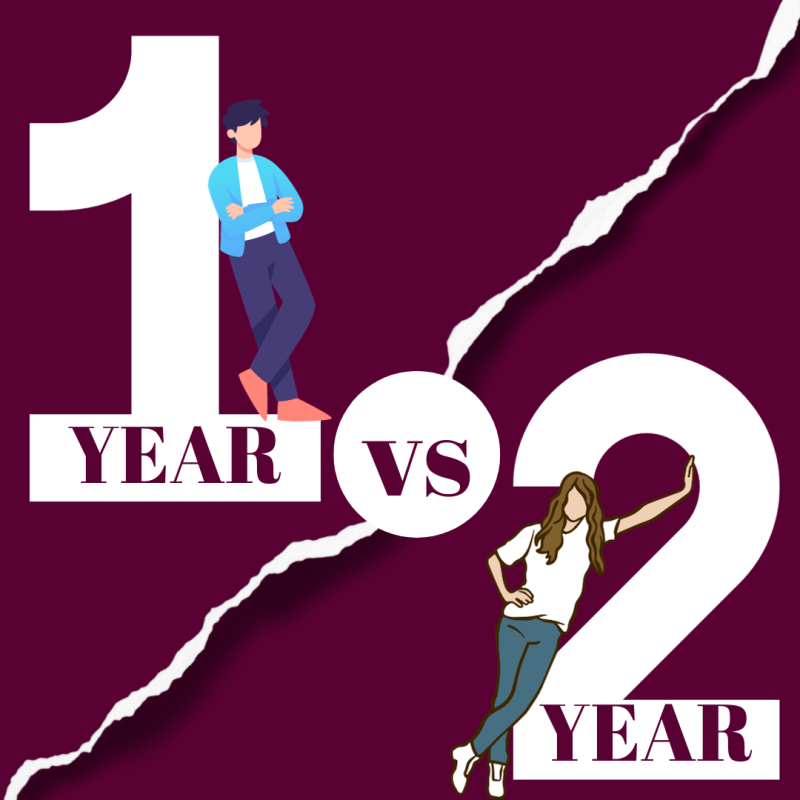
Master’s Programme in Biomedicine: year 1 vs. year 2
The master’s programme in Biomedicine at KI is two-year programme, divided into 2 semesters each year. Standing at the halfway point of my second year here at KI, I have noticed quite a few fundamental changes between now and year 1. Some of these changes are positive (subjectively speaking), while others have taken some getting used to. With this blog, I will list out some of the most notable changes in my opinion, so that you as a current or prospective student at KI’s master’s programme in Biomedicine can manage your expectations accordingly.
The good changes
1) More lab exposure
The way our programme is structured allows students to conduct 3 research projects in at least 2 different labs or companies of their choice. During our first year, we had one short-term research project (10 weeks) just before summer break. While some students stayed in their respective labs over the summer to conduct more research (outside of the course), many more travelled during the summer instead. In comparison to the first year, the second year offers more laboratory exposure in the form of a second short-term research project and the thesis. While I don’t mind sitting in lectures, I find that I learn a lot faster in more practical settings, which is why I have really been enjoying lab work!
2) Less mental gymnastics
This might be a very subjective point, so take it with a grain of salt. We have had 3 courses that involved lectures before the start of our project work this year. Most of those courses only had a handful of days where attendance was mandatory, and many self-study days in between. Comparing this to last year, where courses like bioinformatics and biostatistics demanded a lot of day-to-day heavy mental activity, courses in the second year allowed more room for taking it easy. This will obviously vary from person to person and course to course, but just from a “lectures” perspective, this year has been a lot less taxing.
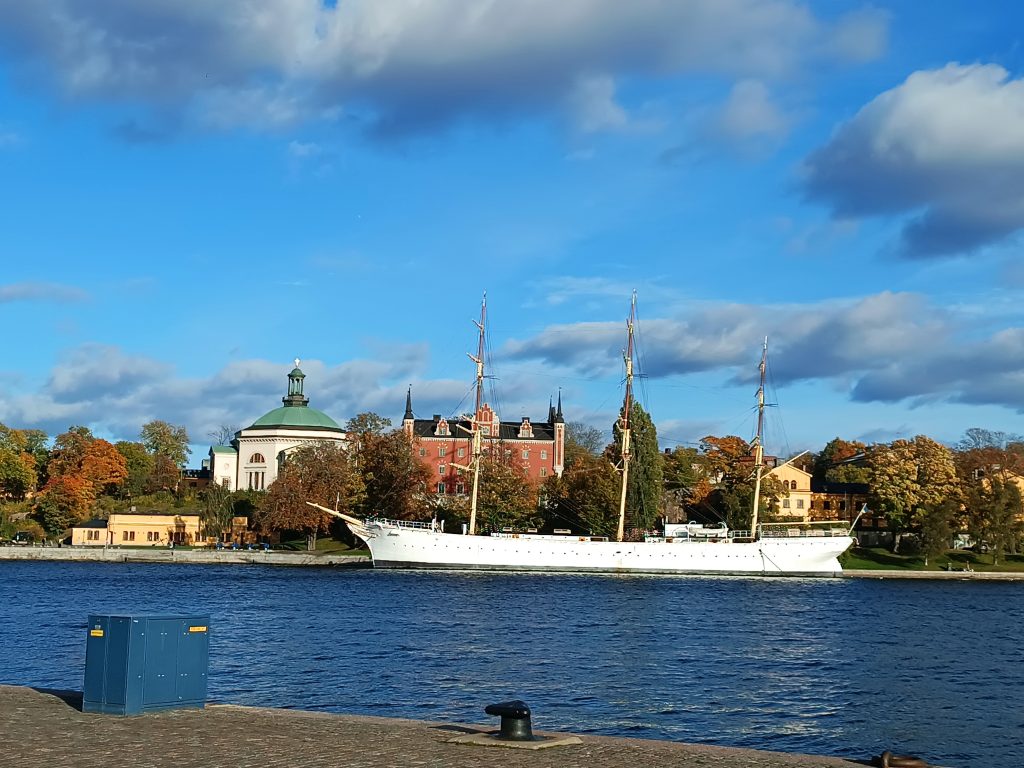
3) Elective courses
The strongest aspect about the second year thus far has been the elective track that I chose. I opted for the Circulation, Metabolism, and Endocrinology elective because the programme organisation came across as very interesting and it felt like I was learning three subjects under the umbrella of one course (this is girl math). I got to observe and get hands-on experience in the nuances of mouse models, insulin uptake by pancreatic cells, lipid droplet formation and much more. The lectures and feedback we received at the end of individual weeks were informative and constructive as well. That entire month was jam-packed with new information, countless presentations, and 9-5 classes, but I think it was all worth it at the end.
DISCLAIMER: Do not take this as a “course review”, for the love of god- this is just ONE (1) student telling you her very subjective opinion.
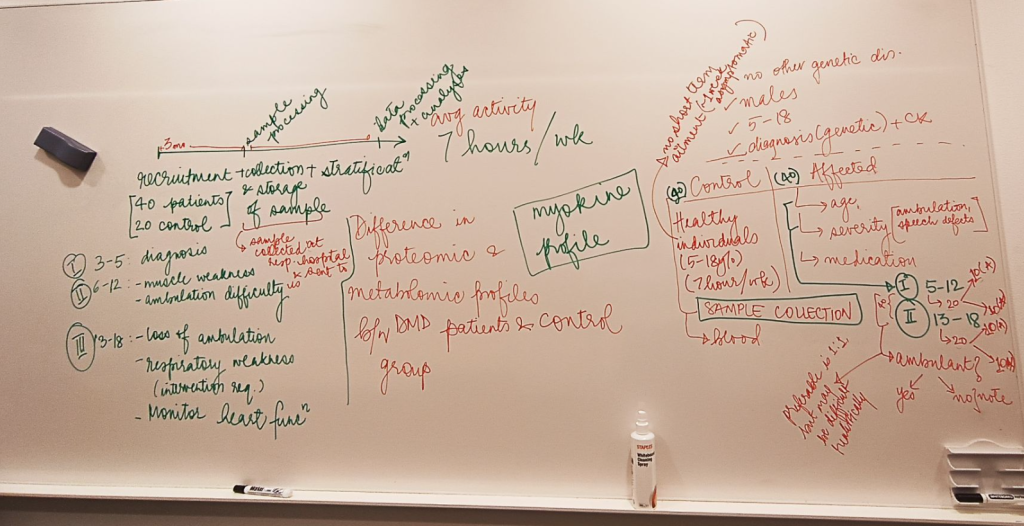
The I’m-gonna-need-to-get-used-to-that changes
1) Fewer lectures= lesser time spent with friends
As you may or may not have gathered from many of my previous blogs, we are a rather close-knit group of people. By “people”, I don’t just mean my immediate friend circle- I mean my biomedicine class. During our first year, we used to spend hours with each other. Be it sitting through lectures, doing group work, or hosting frequent dinners and parties. This made busier days feel a lot less draining. But now with fewer mandatory lectures and more self-study hours, we don’t see each other as often as last year and that can feel like a bit of a bummer. However, we do consciously try to spend time together. Maybe not as a large class group, but in smaller circles. This can be brunch every weekend, walking around the city (when it’s not windy/rainy/snowy), meeting up casually to hang out, movie nights, or even having sleepovers. The list is endless. So, while we may not have as many classes together, we do still find time for each other.
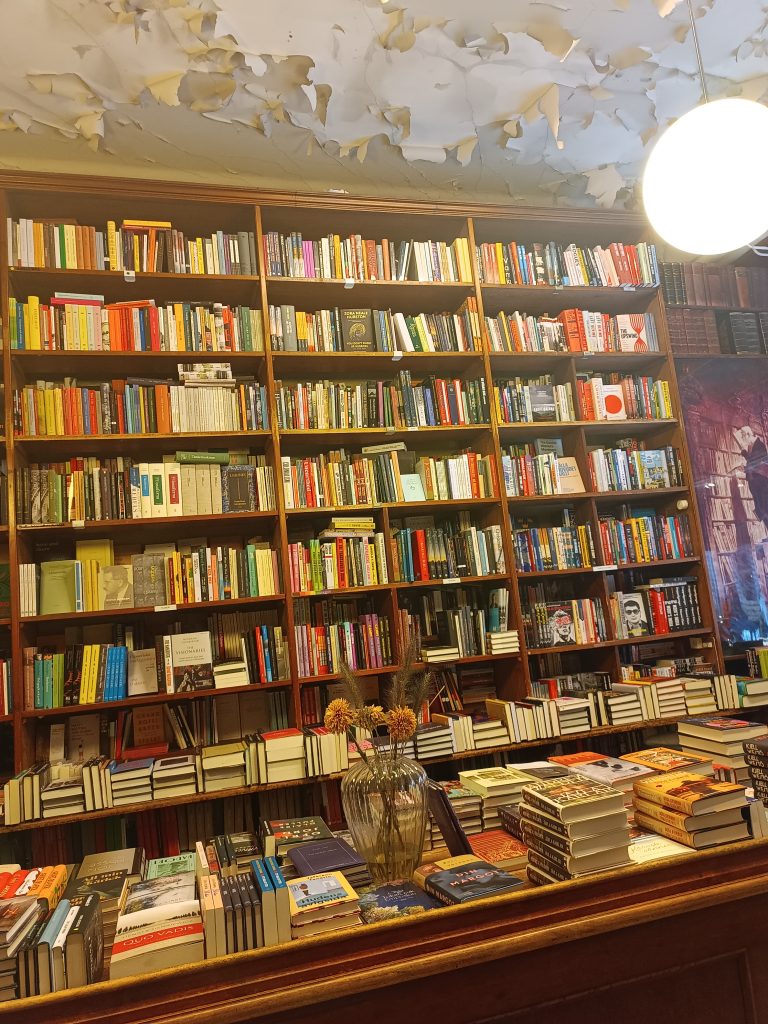
2) More project work= more stress
This is going to sound like a direct contradiction to my “good changes” paragraph, but bear with me for a second. Since the second year is comprised of two lab-based projects where one ends with a written report and a poster presentation and the second is a literal thesis, the stakes are high this year. With everyone split into different labs, different campuses, and even different countries, setting up experiments and then conducting and analysing them can be stressful. Especially if things go awry at inconvenient times and you end up with data from a single replicate (this is not a personal experience. Yet.). However, this is exactly what these projects seek to teach us. We can’t expect to grow and improve if we are never faced with challenges that we have to rectify ourselves. Math is not math-ing? Go back to the drawing board and start from the top. Good experimental design is the backbone of a career in research.
3) A sense of impending doom
I’m obviously being dramatic, it really isn’t that bad. However, the thought that I am two projects away from graduating is terrifying. Not only will this mean that I have to go out into the real world as a functioning (?) adult, I will also have to deal with a myriad of new, and often uncomfortable changes. And this isn’t true for just me- this is a universal feeling. Aversion to change is a very human response, but in order to grow, it is important we face these uncomfortable changes and step out of our comfort zones. Some of us will leave the country, some will move to a different city, some will leave academia, and some will choose to stay. This is just life. However, we can take solace in knowing that we have been lucky enough to experience “the epic highs and lows” (if you know, you know) of student life at KI.
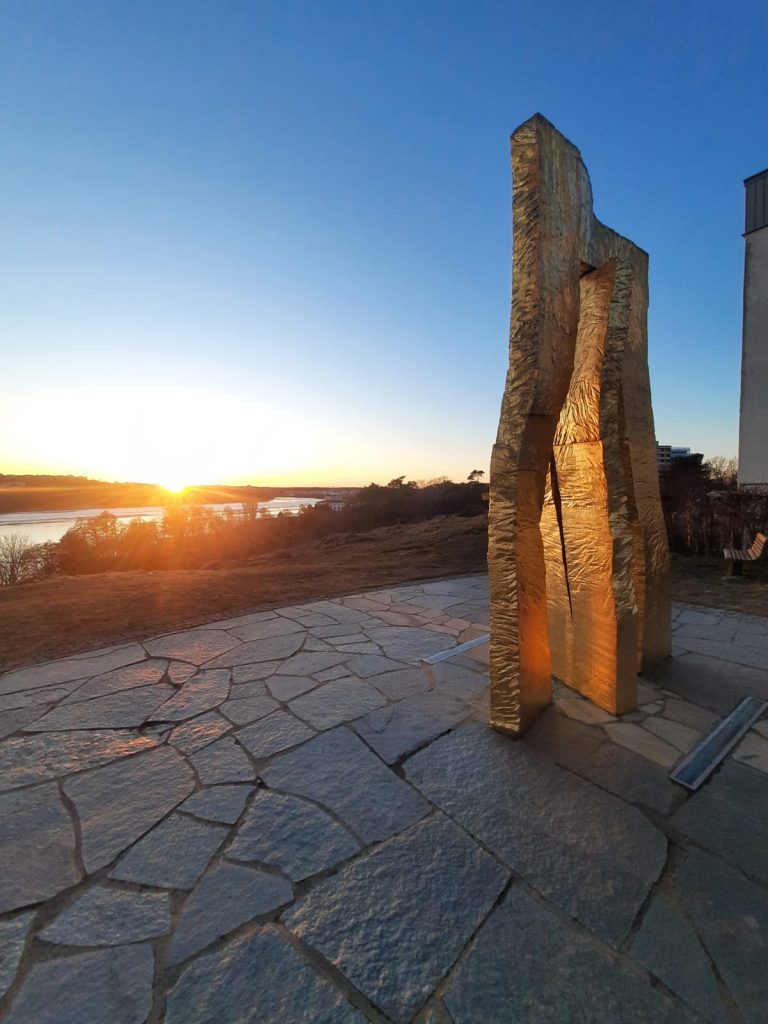
Don’t worry, this is nowhere near a final blog from me, though that last paragraph was weirdly sentimental. In case you were applying to/contemplating about applying to KI’s master’s programme in Biomedicine, or are already enrolled, I hope this blog gave you some insight on the transition from year 1 to year 2 of the programme. Thank you for reading this far, and if you have any questions, you know where to find me.

Naomi- Biomedicine (MSc)
My name is Naomi, and I am from India. I am a master’s student in Biomedicine. I have always been drawn towards research and knew early on that a career built around it was the one for me. So as a result, here I am! I enjoy spending time with my friends and exploring the city with them (though the introvert in me also loves some alone time). I hope I can be of some help with my blogs!

0 comments